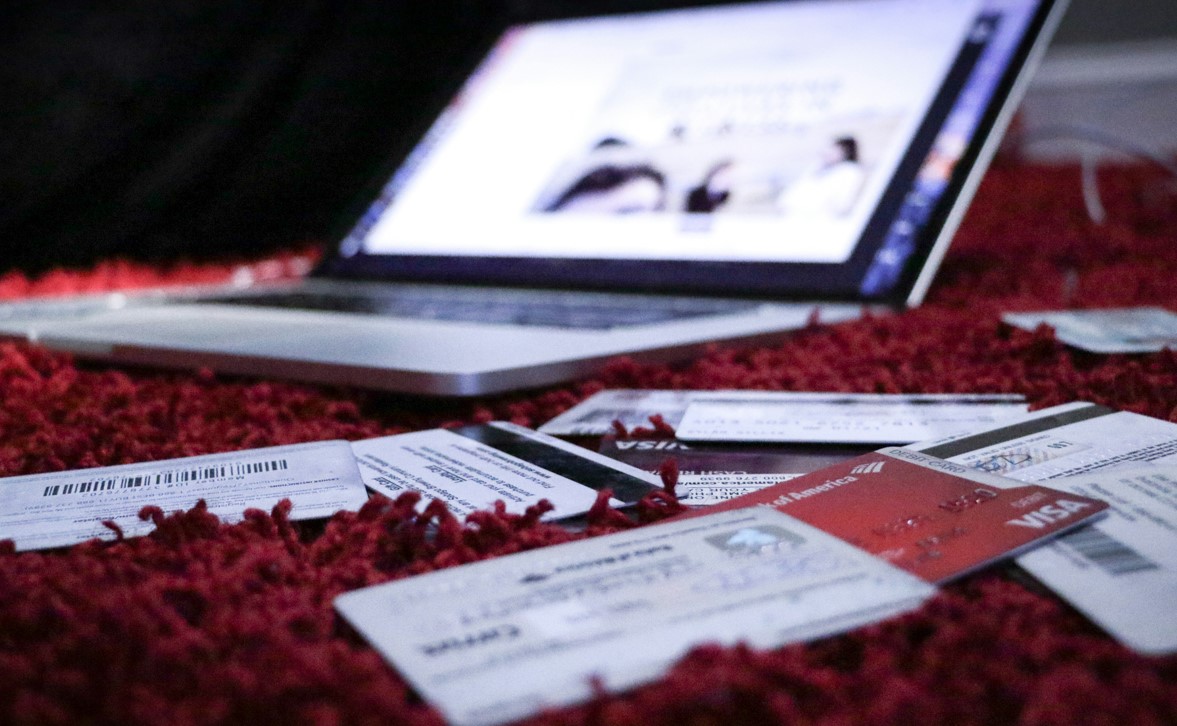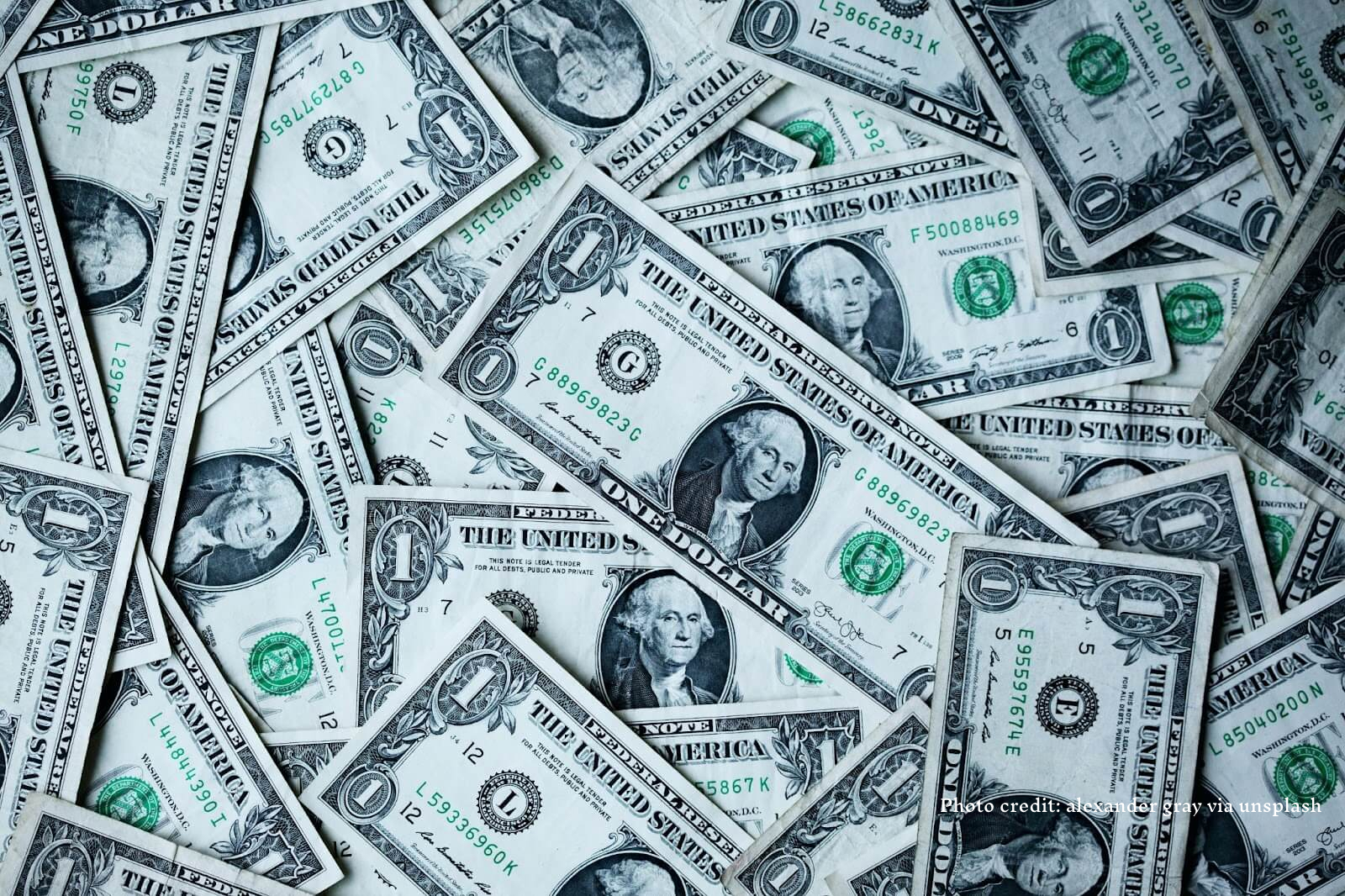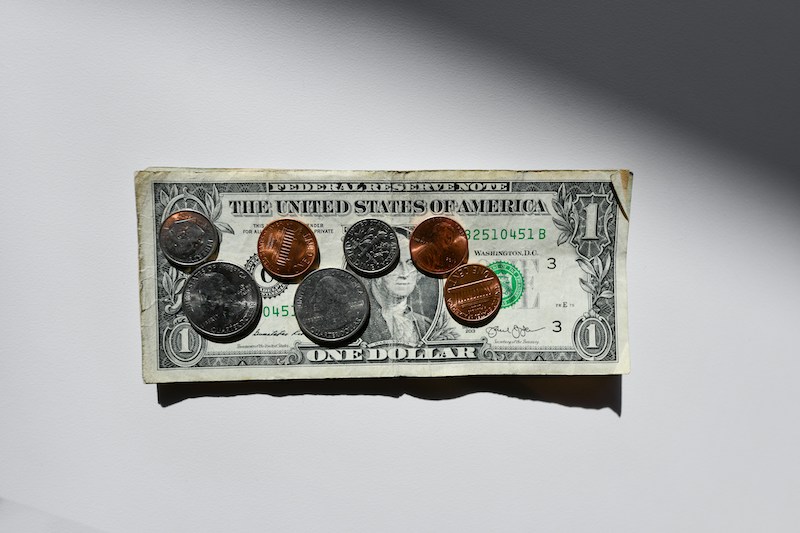What Is Taylor Swift’s Net Worth?

Aug 15 | 2025

Taylor Swift for "The Tortured Poet's Department"
Taylor Swift is a megastar singer-songwriter known for her narrative songwriting, catchy pop tunes, and versatility across genres like country, pop, and indie folk. She breaks every music record with ease, partially thanks to her die-hard Swiftie fans who follow her with vigor and buy out every single show. And with Taylor Swift’s net worth









